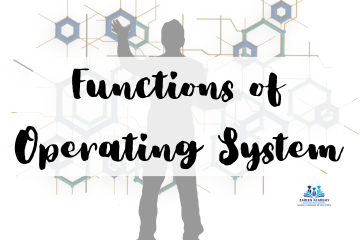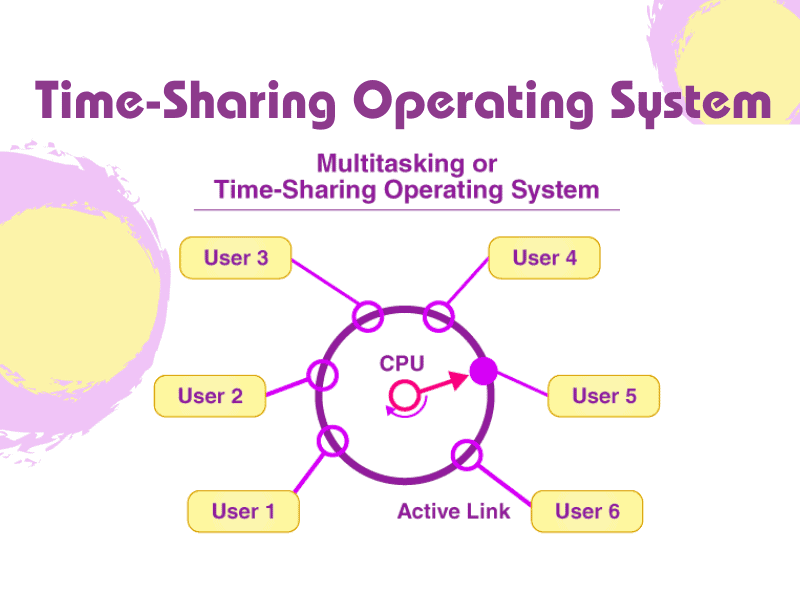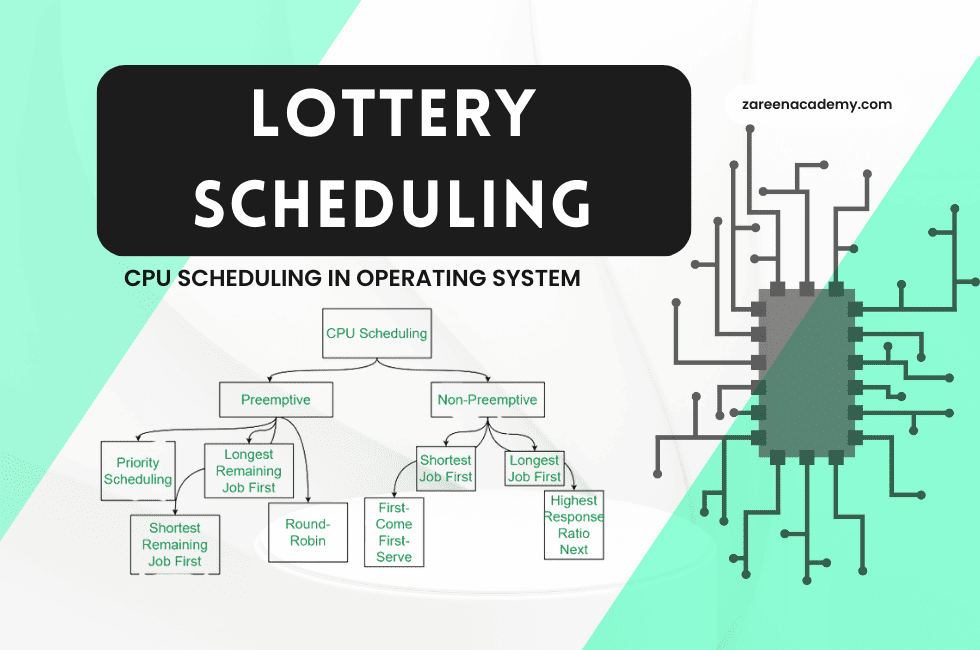Non-Preemptive CPU Scheduling in OS
In the realm of computer science and operating systems, CPU scheduling plays a pivotal role in ensuring efficient system management. One of the key strategies employed in this domain is non-preemptive CPU scheduling in OS. In this comprehensive guide, we’ll explore this concept, understand its significance, and answer some frequently asked questions. Let’s dive in!
Introduction
Operating systems are the heart of any computer, coordinating the execution of various processes to maximize system resources and overall efficiency. CPU scheduling is a vital component of this operation, and non-preemptive CPU scheduling in os is one of the strategies used.
Non-preemptive CPU Scheduling, also known as cooperative scheduling, is a method where a process is allocated the CPU for a specific time and not interrupted until it completes its execution or voluntarily yields control. This approach is in contrast to preemptive scheduling, where a running process can be interrupted and moved out of the CPU.
In this article, we will delve into the intricacies of non-preemptive CPU scheduling in os, its advantages and disadvantages, and answer some common questions related to this topic.
The Significance of Non-Preemptive CPU Scheduling
Non-preemptive CPU scheduling is a critical aspect of operating system management for several reasons:
Deterministic Execution: With non-preemptive scheduling, processes have a deterministic execution time. This predictability can be advantageous in real-time systems where deadlines must be met.
Reduced Overhead: Preemptive scheduling involves a certain amount of overhead in managing context switches. Non-preemptive scheduling minimizes this overhead, leading to more efficient system resource usage.
Resource Allocation: Non-preemptive scheduling is effective in situations where resource allocation to a process is more straightforward and where processes have dependencies on one another.
Stability: Non-preemptive scheduling can lead to more stable system behavior as it avoids frequent process interruptions and context switches.
How Non-Preemptive CPU Scheduling Works
Non-preemptive CPU scheduling follows a simple approach:
Process Selection: The scheduler selects a process to execute based on its priority, arrival time, or other criteria.
Execution: The selected process is allocated the CPU, and it continues executing until it either completes its task or releases the CPU voluntarily. In this mode, the process has control over the CPU until it’s finished.
Release: Once the process is done, the CPU is released, and the scheduler selects the next process for execution.
Repeat: This process repeats until all tasks are completed or until a higher-priority task arrives.
Advantages of Non-Preemptive CPU Scheduling
Non-preemptive CPU scheduling offers various advantages:
Deterministic Execution: As mentioned earlier, this scheduling method provides predictable execution times for processes.
Low Overhead: Reduced overhead in context switching enhances system efficiency.
Resource Management: It’s ideal for systems where resources are not shared extensively and when processes have specific dependencies.
Disadvantages of Non-Preemptive CPU Scheduling
While non-preemptive CPU scheduling has its merits, it also has some drawbacks:
Inefficient Resource Usage: In systems with sporadic, high-priority tasks, non-preemptive scheduling can lead to inefficient resource usage.
Blocking: If a process does not release the CPU voluntarily, it can block other processes from execution.
FAQs (Frequently Asked Questions)
-
What is the primary difference between preemptive and non-preemptive CPU scheduling?
The primary difference is that in preemptive scheduling, a running process can be interrupted and moved out of the CPU, whereas in non-preemptive scheduling, the process has control until it voluntarily releases the CPU.
-
When is non-preemptive CPU scheduling the best choice?
Non-preemptive scheduling is most suitable for systems where process execution needs to be deterministic and predictable and where resources are not heavily shared.
-
Can a non-preemptive system become unresponsive if a process doesn’t release the CPU?
Yes, if a process doesn’t release the CPU voluntarily, it can cause the system to become unresponsive and block other processes.
-
What are some examples of real-world applications that benefit from non-preemptive scheduling?
Real-time systems, such as aviation and medical equipment control, often use non-preemptive scheduling to meet strict timing requirements.
-
Are there situations where non-preemptive scheduling is not recommended?
Non-preemptive scheduling is not advisable for systems with a mix of long-running and short-running tasks, as it can lead to inefficiencies.
-
How does the scheduler choose the next process for execution in non-preemptive scheduling?
The scheduler typically uses criteria such as priority, arrival time, or other factors to select the next process for execution.
Conclusion
Non-preemptive CPU scheduling in os is a crucial element of operating system management, offering deterministic execution and resource allocation. While it has its advantages, it may not be suitable for all scenarios. Understanding the differences between preemptive and non-preemptive scheduling is essential for optimizing system performance.
In this article, we’ve covered the basics of non-preemptive cpu scheduling in os, its significance and mechanisms, and answered some frequently asked questions. By implementing the right scheduling strategy, an operating system can efficiently manage its resources, ensuring optimal performance and user satisfaction.



0 Comments